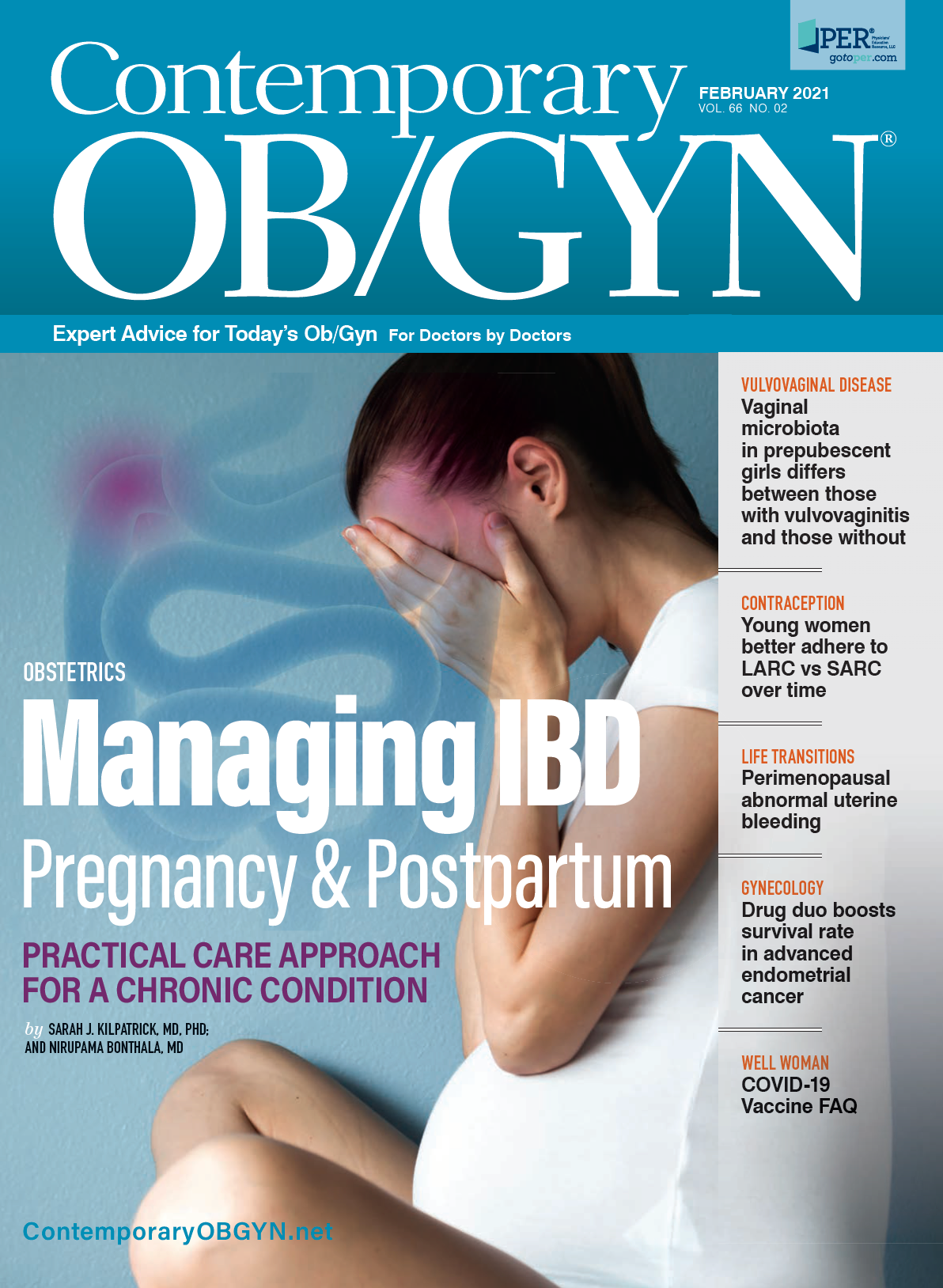Contraceptive uptake, pregnancy and continuation rates in young women
Young women have significantly better adherence to long-acting reversible contraception (LARC) than to short-acting reversible contraception (SARC) at 12 months, according to a systemic review and meta-analysis.
However, the review in The European Journal of Contraception & Reproductive Health Care found that more women chose SARC, despite pregnancy being rare with LARC.
The Brazilian authors noted that a full 50% of all pregnancies worldwide are unintended, with an even higher rate in women 25 years and younger.
“We sought to identify which method of contraception was the most effective option to prevent unintended pregnancy in young women and adolescents,” wrote the authors, who searched, without language restrictions, the PubMed, Embase, Lilacs and Cochrane databases from inception to July 2020.
Nine of the 25 included studies compared LARC to SARC, whereas 16 of the studies evaluated LARC methods only. Most of the included studies were observational; only two were randomized controlled trials (RCTs): one comparing LARC to SARC and the other comparing different LARC methods.
The three LARC methods were copper-bearing intrauterine device (Cu-IUD), the levonorgestrel-releasing intrauterine system (LNG-IUS) and subdermal contraceptive implants. SARC methods were defined as combined oral contraceptives, progestin-only oral contraceptives, depot medroxyprogesterone acetate, condoms, vaginal ring, and patch.
At 12 months, young women were much more likely to achieve adherence with LARC compared with SARC: relative risk (RR) 1.60; 95% confidence interval (CI): 1.21, 2.12; I 2 = 88%.
This finding likely indicates a better unintended pregnancy prevention outcome for young women with LARC.
The authors expected a higher compliance rate with LARC, “since perfect use of SARC depends on daily intake, which is a challenge for many young women,” they wrote.
Nonetheless, more young women chose SARC than LARC: RR 0.37; 95% CI: 0.17, 0.80; I 2 = 99%.
The safety profile was similar between the three LARC methods, showing LARC to be safe with few adverse events.
The subdermal implant had the greatest uptake among the LARC methods, while the LNG-IUS was the most popular intrauterine contraceptive device (IUCD).
Among LARC methods, the LNG-IUS was more efficacious than the Cu-IUD. Conversely, subdermal implants were more efficacious than IUCDs.
“However, all these differences are small and not clinically relevant,” the authors wrote.
To decrease the risk of sexually transmitted infections, healthcare providers should remind sexually active adolescents to consistently use male latex condoms in conjunction with LARC or any other non-barrier methods, noted the authors.
However, due to the low adoption of LARC methods by young women, several of the studies underscored the importance of continuous training and updating of healthcare providers, because their knowledge, attitudes and comfort with LARC methods can impact LARC uptake.
Implementing education programs directed at adolescent girls about the benefits of LARC is also crucial. But the authors acknowledged that the high up-front cost of LARC methods discourages adoption, despite being cost-effective over time. The availability of a generic version of the LNG-IUS may alter the landscape, thus becoming much more affordable than any of the other LARC methods.
“LARC methods are the most efficacious in preventing pregnancy, and women should be informed of this if pregnancy prevention is their priority,” wrote the authors. “The evidence, however, is of low quality.”
__
- Farah D, Andrade TRM, de Jarmy Di Bella ZIK, et al. Current evidence of contraceptive uptake, pregnancy and continuation rates in young women: a systematic review and meta-analysis. Eur J Contracept Reprod Health Care. 2020 Dec;25(6):492-501. doi:10.1080/13625187.2020.1833187

Medicaid payments for immediate postpartum LARC
March 2nd 2021Since 2012, when South Carolina's Medicaid program became the first state Medicaid program to separate payment for the immediate postpartum placement of long-acting reversible contraception (LARC) from global maternity payment, a significantly greater number of mothers are using LARC, especially among adolescents.
Read More
Contraceptive counseling via volunteer reproductive health educators
January 19th 2021Initiation of more effective contraception occurred more often among patients who were seen by a volunteer reproductive health educator during routine visits at a resident obstetrics and gynecology clinic, according to a study published in Maternal and Child Health Journal.
Read More
